19 Secrets about Coffee

1)Coffee is said to have been discovered by shepherds.
The most widely circulated story is that of Kaldi, an Ethiopian shepherd who discovered that his animals became extremely excited after eating ripe coffee beans.
2)Mocha is named after the Yemeni port of Mocha.
Muha was the first port city in the world to export coffee beans to the world. Yemeni coffee beans are said to possess chocolate qualities, a trait that has led to coffee now containing chocolate being called mocha.
3)Two major coffee varieties: Arabica and Robusta
Robusta is more productive, resistant to disease and has higher caffeine content. Arabica is higher in lipids and nearly twice as rich in sugar as Robusta, so it has more acidity and a more complex aroma. Robusta is used more for cheap coffee and Arabica for fine coffee. The two coffees have a more detailed classification, Arabica's two main varieties are Bourbon coffee (Bourbon) and iron pickup coffee (Typica).
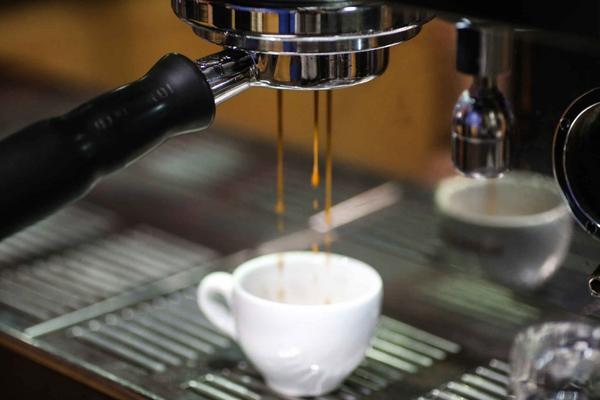
4)Coffee trees need a lot of water.
People talk a lot about how much water it takes to produce beef, but according to FoodBev.com, a pound of beef requires 1800 gallons of water, while a pound of coffee requires 2500 gallons.
5)Coffee beans can be sorted by color
They start out green, but as they mature, they turn yellow, orange, or red.
6)Ethiopia has thousands of unique and precious varieties
The coffee we drink comes from several different varieties, but there are thousands of different varieties of coffee in the forests of Ethiopia, none of which have yet been grown on a large scale.
7)A coffee tree can live for more than 200 years.
When it begins to sprout, the top bud is lovely, but eventually it can grow into a dense plant and live for two centuries.
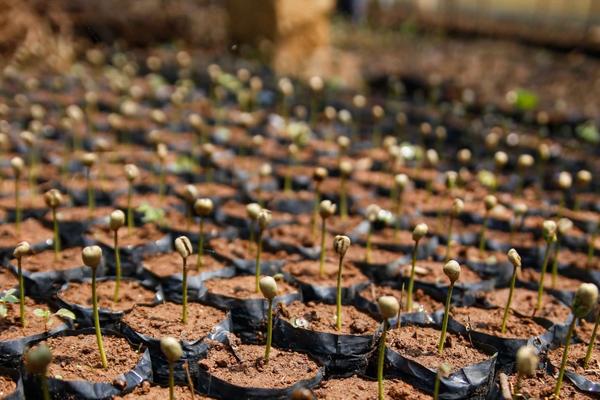
8)Roasters often buy a year's supply of coffee at a time
Countries where coffee is grown generally harvest it once a year (some harvest it twice a year), so roasters buy a year's supply at a time, usually through special storage techniques to keep the coffee fresh. Although green coffee beans are stored for months, they are usually taken out of storage on the day they are roasted.
9)Cat shit coffee is real.
Asian civet cats are cats known to eat wild coffee berries. Coffee cherries ferment in their digestive tract and are excreted. It is believed that this process gives coffees their incredible flavor, but the limited quantities make them expensive. If that's not rare enough, elephants are doing the same thing at a sanctuary in Thailand: Black Ivory Coffee.
10) The United States is the world's largest coffee consumer
The United States came first, Germany second.
11)You can drink the best coffee in the world for a very low price.
Coffee is unique among commodities because even the most expensive coffee can be made very cheap to take home and brew. Bill Gates may drink more expensive wine than you, but you can drink the same coffee as the richest man in the world!
12)When appraisers taste coffee, they gulp it down
To get a full picture of coffee flavor, appraisers gulp coffee and let it flow through the mouth, where different parts are sensitive to different flavors. (tongue for sweet, back of throat for bitter).
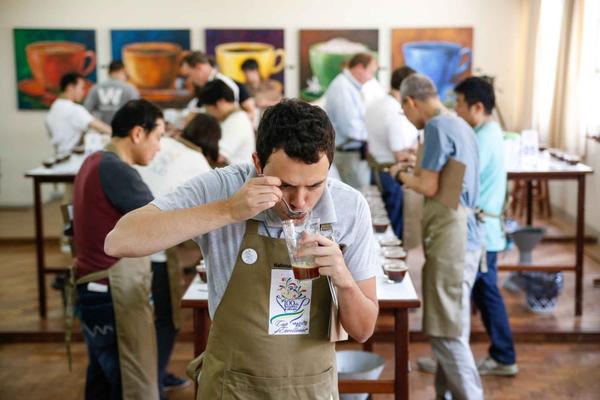
13) Eleven Ways to Identify Coffee
100% pure coffee trap. This is the most obvious indication, because "100% pure coffee" doesn't indicate quality, it just means using lower-quality Robusta beans with higher margins and better parasite resistance. This coffee tastes more distinctly bitter.
Shelf life is much longer than "bake" time. Don't just judge coffee freshness by roast date, it must be an unwise choice not to look at shelf life.
There are many flavors. If a brand produces artisanal coffee in multiple flavors, they must not pay attention to the quality of the coffee beans. This is not to say that a professional baker cannot make two or three flavors (Klatch is a good example), but when you have a lot of choices, your chances of finding a good cup of coffee are greatly reduced.
Too much reliance on blended coffee. A common cost-cutting technique is to buy lower-grade coffee beans for blending. If a company sells 10 types of coffee and eight of them are blends, they cannot be trusted.
Baking grade. Most professional coffee roasters don't use words like bright, medium, or dark to describe roasting levels. They use exaggerated synaesthesia, such as earthy or chocolate, to describe dark roasted beans. If you don't see a word for flavor, chances are the coffee roaster isn't professional. That's not a good sign.
Cup or can. Glass bottles are usually dehydrated coffee, cans and plastic packaging may also be this. None of this is environmentally friendly: both production and transportation produce more carbon dioxide. Clear bags are problematic because light is the beans 'main enemy and darkness is their old friend.
Too much coffee. Unless you're buying coffee for the army or the office, buy up to 2 pounds at a time. Because, it spoils over time, and the most famous bakers don't want their products to sit on shelves for weeks.
A buzzword. Natural, pure, eco-friendly sounds great, but there's no real weight. Look for USDA organic or Fair Trade certification stickers--many good coffees don't have these certifications, but beware of the pitfalls behind the flowery rhetoric. The only useful information is the growing altitude, processing instructions, and variety type.
Whole bean coffee is not sold. If a brand doesn't sell whole bean coffee, it doesn't bode well either.
Coffee is sold by the case. Without proper packaging, this is likely to be poor quality, because it shows that shelf life and freshness are not important, and coffee can deteriorate quickly when exposed to light and air.
Lack of local characteristics. Countries like Colombia and Guatemala are not small, and they have many kinds of coffee. Listing farms and regions inspires confidence in purchasing, while the opposite reduces confidence.
14)Coffee flavor has technical terms
The Specialty Coffee Association of America has created a flavor wheel for roasters to rate specialty coffee's characteristics and flaws, including positive reviews such as "apricot" or "roasted chocolate" and negative reviews such as "hard" or "straw."
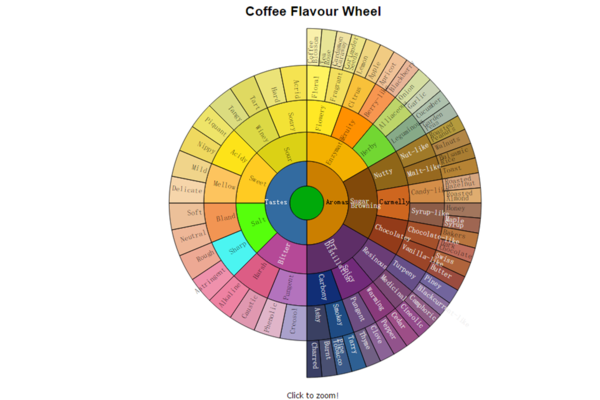
15)Coffee has more flavor than wine.
Coffee has about 1500 aroma characteristics, while only 200 are found in red wine.
16)Espresso doesn't mean fast.
The word comes from Latin and means "to bring…" Squeeze it out." Also, don't pronounce it with an "X" unless you want to annoy coffee drinkers.
17)Espresso has less caffeine than freshly brewed coffee
Coffee Chemistry's experts analyzed the data: an 80-ounce cup of coffee contains about 2.3 times as much caffeine as a 1-ounce cup of Espresso. Espresso is higher in caffeine per unit volume, but the smaller volume means you get less arousal.
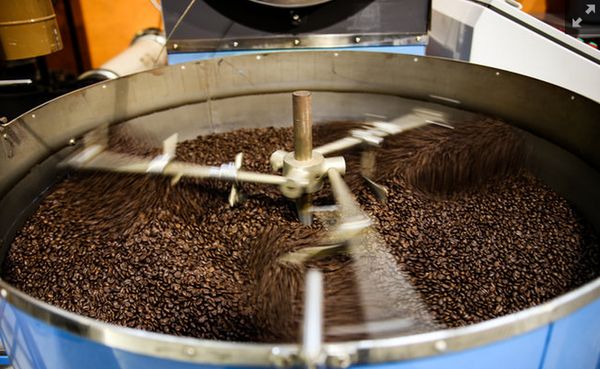
18)Grinding is necessary to make coffee.
Coffee beans spoil quickly after picking, so if you want to make a cup of coffee as strong as possible, buy coffee beans and grind them at home. Coffee shops often spend thousands of dollars on grinding machines to ensure correct, accurate and highly adjustable grinding.
19)Coffee loses 70% of its flavor in two minutes
According to official coffee experts, coffee goes bad after 15 minutes.
Important Notice :
前街咖啡 FrontStreet Coffee has moved to new addredd:
FrontStreet Coffee Address: 315,Donghua East Road,GuangZhou
Tel:020 38364473
- Prev
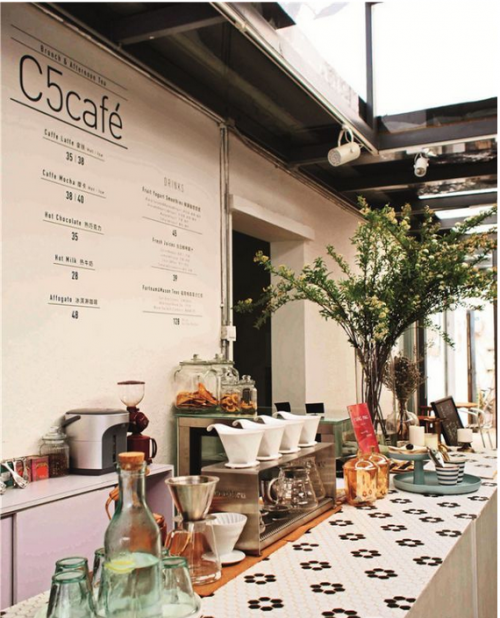
Give some advice to friends who want to open coffee shops and bars!
Recently, there are many friends who plan to open a shop. It seems that more and more people want to open a coffee shop or bar. It may be that the economic situation is not very optimistic, and they are all willing to do some industry. After all, it is very comfortable to open a bar and coffee. Eating cake, drinking coffee, reading books, pretending to be literary and artistic style, feeling the beauty of life. But have you ever thought that when you eat cake and drink coffee
- Next

Self-made coffee popsicle that can refresh and cool down in July
The scorching summer of July is coming! I feel sleepy all over! If you don't want to go on like this, follow the fashion network and make your own chocolate-wrapped coffee popsicle that will cheer you up. Chocolate-wrapped coffee popsicle is not about to drool ~ can be refreshing popsicle! Instant chocolate sauce and choose according to your own taste
Related
- A complete list of coffee bean names and their meanings! What is Yejia Shefi coffee? Where is Mantelin coffee?
- What grade does Arida Manor Kaduai coffee beans belong to? What treatment is Arida ASD slow anaerobic sun exposure?
- The milk tea cup becomes smaller?! Overlord Tea Girl launches a new "Return to Yunnan" series
- Accused of selling counterfeit and high-priced coffee beans! Well-known boutique coffee brand "Oukelao" bowed and apologized!
- How to make espresso dumplings? Can I eat coffee and glutinous rice balls together?
- Save the unformed and stagnant powder cakes in one second! What is the problem with stagnant water in the powder bowl of the espresso machine?
- What does hand-brewed coffee stop mean? Why is it not recommended to make coffee by hand?
- Is it normal to smell like coffee? Why does coffee smell like alcohol? What's wrong with the strong smell of cold extract ice dripping ice brewed coffee?
- How to solve the problem that hand-brewed coffee extraction takes too long? Why is the water flowing so slowly when making coffee?
- The main points of making Australian white coffee, the proportion details, how does Australian white properly foam and blend the flowers?

